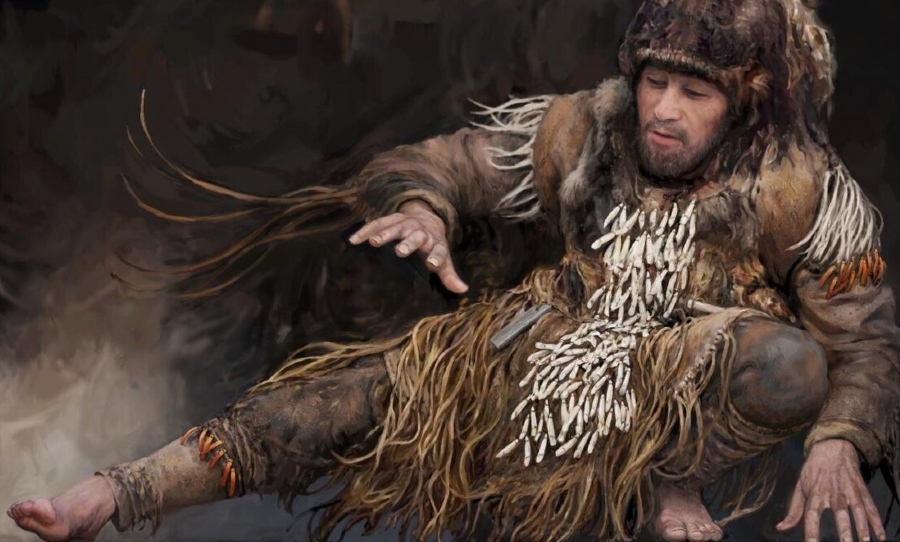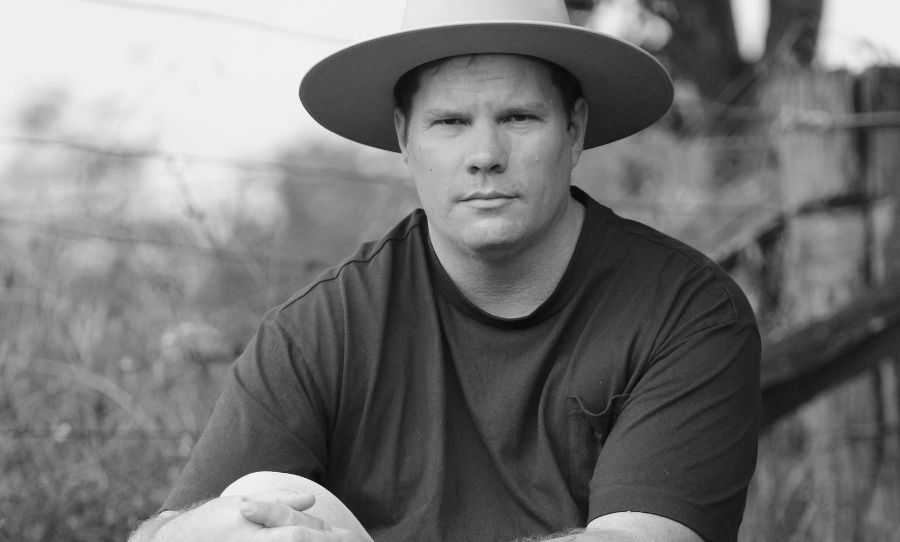You read that right. Turns out raves, bush doofs and trippy musical instruments have been around since the stone age.
To set the scene, it’s the Mesolithic period (20,000 to 8,000 BP) in northern Siberia, and you’re dancing in ecstasy at a rave with your hunter-gatherer squad while elk teeth are attached to your clothes.
Turns out this was the reality for a long time.

According to the authors of a new study from the Cambridge Archaeological Journal, the teeth would have rattled as dancers moved their bodies, “dictating the movements, pulse, and tempo” of both the music and the entire group – a natural spinoff of what we may now call ‘Trance’ music.
The study sought to understand the purpose of certain artefacts found at the Yuzhniy Oleniy Ostrov burial site in northwest Russia, where researchers have so far uncovered 177 ancient graves.
More than half of the individuals buried at the site are accompanied by elk tooth ornaments, some of which are made with several hundred teeth.
While the majority of these teeth were made into pendants or attached to the garments worn by the deceased, the archaeologists at the site were puzzled by the distinctive pattern of “pits and craters” seen on many of the teeth.
Clearly, the teeth had been damaged through rigorous activity.
As such, researchers could conclude that the “artifacts were not solely grave gifts, made only for the funeral ritual and shortly before it.”
This is where science, and raving intersected.
You got glow sticks?
Even better . . .
— Jimmy. Here Live. Not a cat. (@dadlypursuits) June 6, 2021
In an experiment aptly named “The Stone Ageish Disco,” researchers attached elk teeth to a piece of clothing that specifically matched those worn by their defunct study participants.
Then, they took some disco biccies and danced to techno, only stopping periodically for a cigarette and to visit the toilet in groups of four.
Nah, just kidding. Researchers actually conducted the study by dancing energetically for six hours straight, then analysing the patterns of damage on the teeth compared to when they were first made.
“Our active movement experiment, called the ‘Stone Ageish Disco’, produced a wear pattern that comes close to the Mesolithic pitting or pecking,” the authors described.
A secondary experiment, involving gentle movements over a full 60-hour period, failed to create the same amounts of wear and tear, proving that only an “intensive energy boost, like a dance or dance session” could have caused the dents seen on the ancient elk teeth.
“Wearing such rattlers while dancing makes it easier to immerse yourself in the soundscape, eventually letting the sound and rhythm take control of your movements,” study author, Riitta Rainio, notes.
“It is as if the dancer is led in the dance by someone.
“This feeling, mixed with accelerated heartbeat, respiration, rising blood pressure, sweat, and exhaustion probably comes close to the feelings of depersonalization and dissociation from the body that are characteristic of dance trance and other altered states of mind.”
Watch the video below to get a feel for the trance-like music patterns researchers refer to:



